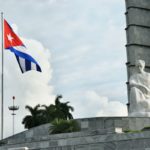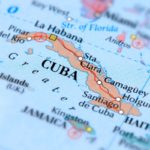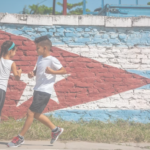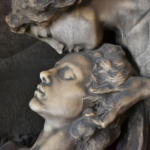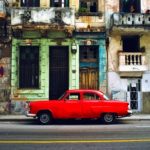Cuba is a remarkable nation. From its storied political history to its numerous quirks that make it an aesthetic and temporal anomaly in the modern world, to outsiders, it appears to be a veritable microcosm of wonders, another distinct world related but not analogous to our own.
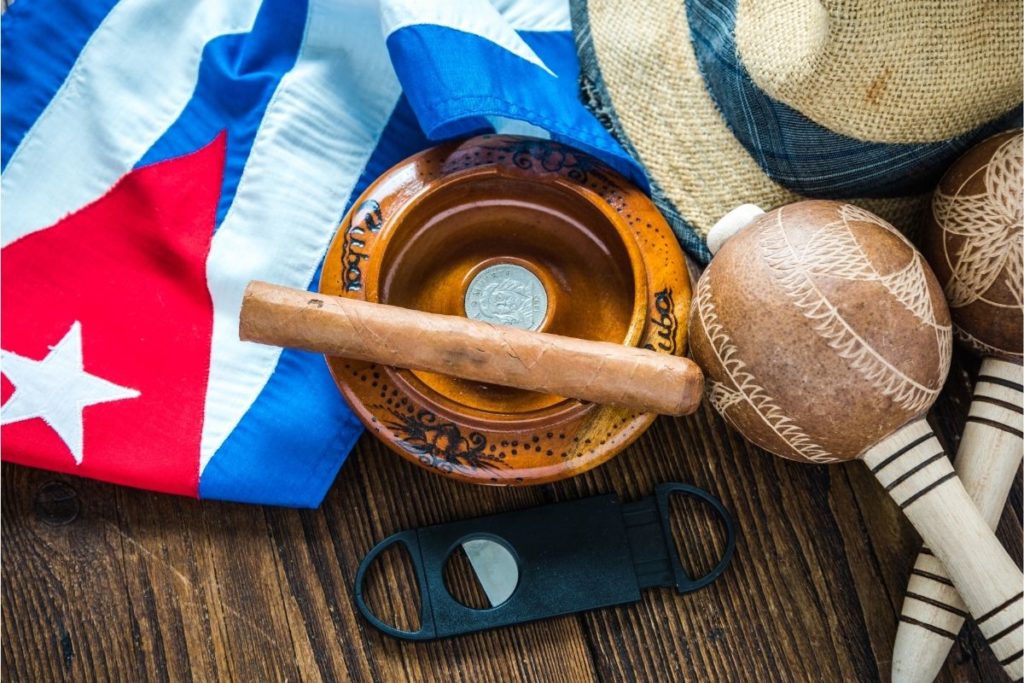
Most nations on the planet are known for one thing, possibly a small handful of things.
Germany, for instance, has its beer, sausage, and excellent engineering; the UK has its royals, tea, and soccer; and we have our historic monuments and unrivaled entertainment industry.
But Cuba has a seemingly endless list of national aspects that fascinate the rest of the globe.
So, let’s have ourselves a little tour of Cuba right here, right now, and explore in detail all the things that make it one of the most amazing countries on planet Earth.
Cigars
Of all the iconic threads in the tapestry of Cuban culture, probably the most renowned is that of Cuban cigars, widely believed to be the finest in the entire world.
There’s no doubt that part of the mystique of Cuban cigars is derived from their scarcity in our nation, as up until quite recently, it was illegal to bring them into the States, but their quality is unquestionable.
The reason Cuba is so revered by tobacco aficionados around the globe is the nation’s dense historical relationship with the crop.
Cubans have been cultivating and utilizing tobacco for centuries. In fact, manufacturers have been producing cigars in the country since Spanish King, Phillip II’s reign.
Fidel Castro & The Cuban Revolution
Perhaps just as inextricable from the fabric of Cuban culture as its cigars is the most famous smoker of said cigars, Fidel Castro, the communist leader of the nation.
Fidel Castro is one of the most renowned revolutionaries of all time, and alongside his brother, Raul Castro, and friend, Ernesto (Che) Guevara, stormed the nation of Cuba utilizing guerilla tactics to defeat Batista, the then corrupt Prime Minister of the nation.
This revolution would completely alter the political and social landscape both within and outside of Cuba, the most notable shift being relations with the USA.
Up until this point, the US had taken advantage of the corrupt leadership of the nation, giving us unjust access to Cuba’s resources.
Castro put a stop to this by nationalizing all business and implementing socialist ideals across the nation, leading the US to make a number of attempts to dethrone him, including assassination and counter-revolution — all of which failed.
Building tensions between Cuba and the US eventually culminated in the Cuban missile crisis after Castro allowed the Soviet Union to house nuclear weapons on Cuban soil.
Che Guevara
Although an Argentine, you can’t talk about Cuba without acknowledging Castro’s brother-in-arms, doctor Che Guevara.
Rising quickly up the ranks of the Castro brothers’ guerilla offensive against the US-endorsed Fulgencio Batista, it wouldn’t be long before he was appointed Castro’s right-hand man.
Guevara made it his life’s work to fight for oppressed and exploited nations, primarily at the hands of the United States, which ultimately, would lead to his demise, as an alliance between the CIA and Bolivian forces eventually captured and executed him.
Since, he has become a polarized icon who many believe to be a symbol of morality and hope, while others believe him to be a murderous authoritarian.
Communism
The Cuban revolution was of course a Communist revolution, so the ideology has become an essential part of Cuban politics and life.
Castro’s revolt and subsequent leadership of Cuba allowed him and his followers to establish socialist ideals based on an amalgamation of Marxist and Leninist theories.
As mentioned earlier, once the ideology was formalized by what would become the Communist Party of Cuba, all Cuban industry was nationalized, and the USA’s lines of interference were severed.
Classic American Cars

After the Cuban revolution, the US imposed an embargo, ceasing all trade conducted for Cuban interest, and this included the importation of American automobiles.
As a result, Cuba effectively became trapped in this classic period of automobile history, although the free trade of new vehicles was recently allowed.
Classical Spanish Architecture
A walk through Cuba is a walk through the nation’s storied past, each architectural standard pointing to a different colonizer.
The most obvious architectural influence is that of the elegant Italian Baroque, a famous example of which is the beautiful Cathedral of Habana, erected in 1777.
A close second is the Spanish influence on Cuba’s signature mishmash of buildings.
Perhaps the most notable example of the Spaniard’s impact on the country’s townships and cityscapes are the arched walkways that had been used in their homeland for centuries as a means of protecting the population from the intensity of the sun.
Those with a keen eye for architecture will also pick up on the quintessentially French neo-classical influence in the form of art deco structures such as the Bacardi building in Havana.
The newest pre-revolution buildings show an obvious US influence indicative of the sway our nation had during Batista’s tenure as Prime Minister.
Rum
Some may argue that, due to its crucial position in the national economy, rum is even more quintessentially Cuban than cigars.
This spirit, crafted from molasses of the sugar cane, is Cuba’s answer to Japan’s sake and Scotland’s Whiskey, but just like in these parts of the world, it’s so much more than the preferred local tipple; it’s an integral part of the nation’s history.
Introduced along with elements of Gothic architecture, rum was brought to the nation by Spanish colonists, who then transported enslaved Africans to work the Cuban sugar cane fields, thus altering the cultural, racial, and social establishments of the island.
These days, rum crafted by the Cuban masters is thought to be the best in the world. It’s lighter, crisper, and smoother than others, and according to a tradition involving pouring a few drops out for the saints, is exquisite enough for the very best of humanity.
Stunning Beaches
Perhaps beaches aren’t the first thing that comes to mind when we think of Cuba, but those who are a little more familiar with the topography of the island know that it’s home to some of the best sandy stretches on the planet.
With an astonishing 3500 miles of coastline bordering both the Caribbean and Atlantic oceans, there is no shortage of paradisiacal sandy spots to chill out and enjoy a Cuban cocktail, which, incidentally, is another key aspect of the Cuban cultural identity.
Final Thoughts
There you have it — a crash course in Cuban culture. However, we’ve really only covered the positives here, as another world-renowned part of Cuban life is crippling poverty.
Even so, the island nation has pride in its history and its steadfast rebellion against capitalist corruption, and the warm and welcoming nature of the Cuban people is testament to their resilience and joy.
- What Is The Largest Island In Cuba? - September 19, 2022
- Havana – Why Is It Cuba’s Most Exciting City? - September 19, 2022
- Cheapest Time To Visit Cuba (Ultimate Guide) - September 19, 2022



